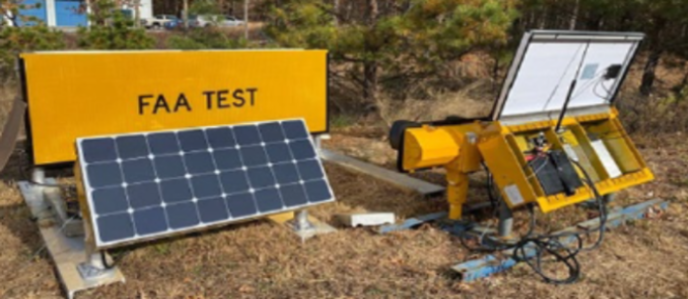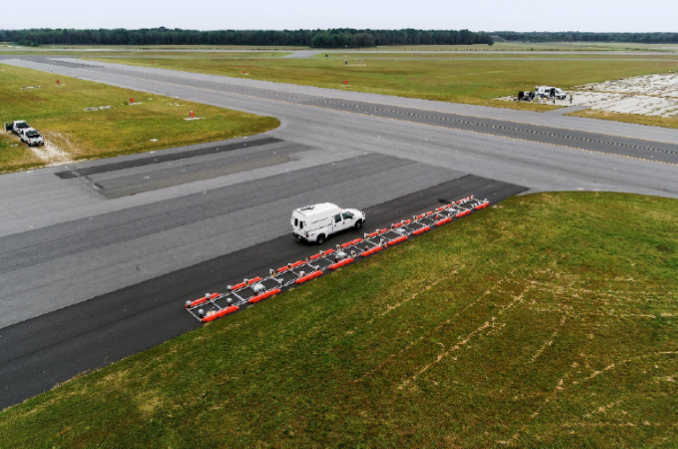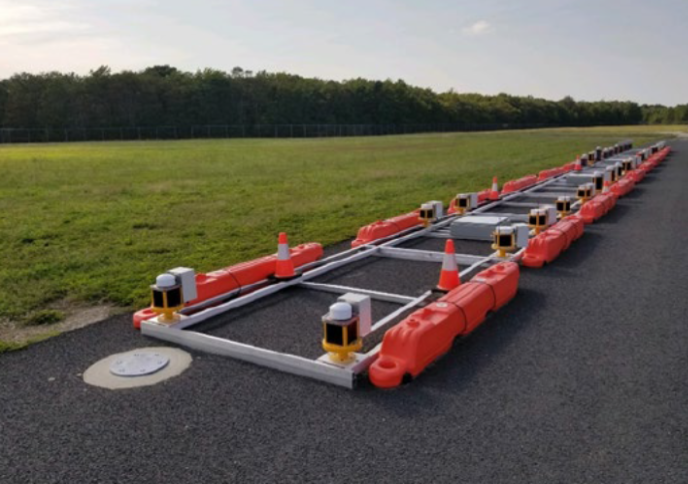
Solar technology has made many advancements and presents an eco-friendly, economical alternative to high-cost electrical infrastructure for small, remote, and off-grid airports. FAA Airport Technology Research and Development (ATR) Branch research in this area will lead to the development of federal guidance on decentralized solar lighting at airports across the United States.
ATR is currently conducting research to evaluate Solar Lighting Systems at five General Aviation (GA) airports in diverse geographic regions based on various solar insolation, ambient temperature range, and snowfall. A single GA airport will be selected from these five regions:

- Cape May Airport (WWD) in Cape May New Jersey (Initial Prototype Installation)
- Central Upstate New York (Penn Yan Airport)
- Central/Southern Arizona
- Pacific Northwest
- Central Oklahoma
The airports are selected based on a Site Survey process that determines the GA airports’ willingness to support the project, the physical layout of available space to support equipment, clearance of proposed test site from runways and taxiway obstacle free areas, available electrical power and internet network connectivity, and security for installed equipment.
At each GA airport, a test array of various airfield components will be installed including L-861 Runway Edge/Threshold Lights, L-861T Taxiway Edge Lights, L-810 Obstruction Lights, Elevated, Runway Guard Lights, Wind Cones, and Airfield Guidance Signs. All of the solar lights are controlled by a Pilot Radio system and are subjected to 10 to 40 automated activations per night at varying lighting intensities to simulate regular use by pilots at night.
During this study, ATR is evaluating:
- Suitability and reliability of solar powered lighting systems
- Compliance with safety, photometric, and design standards
- Mitigation strategies and optimum siting requirements
Study findings will support FAA guidance on the installation and use of solar powered light systems.
